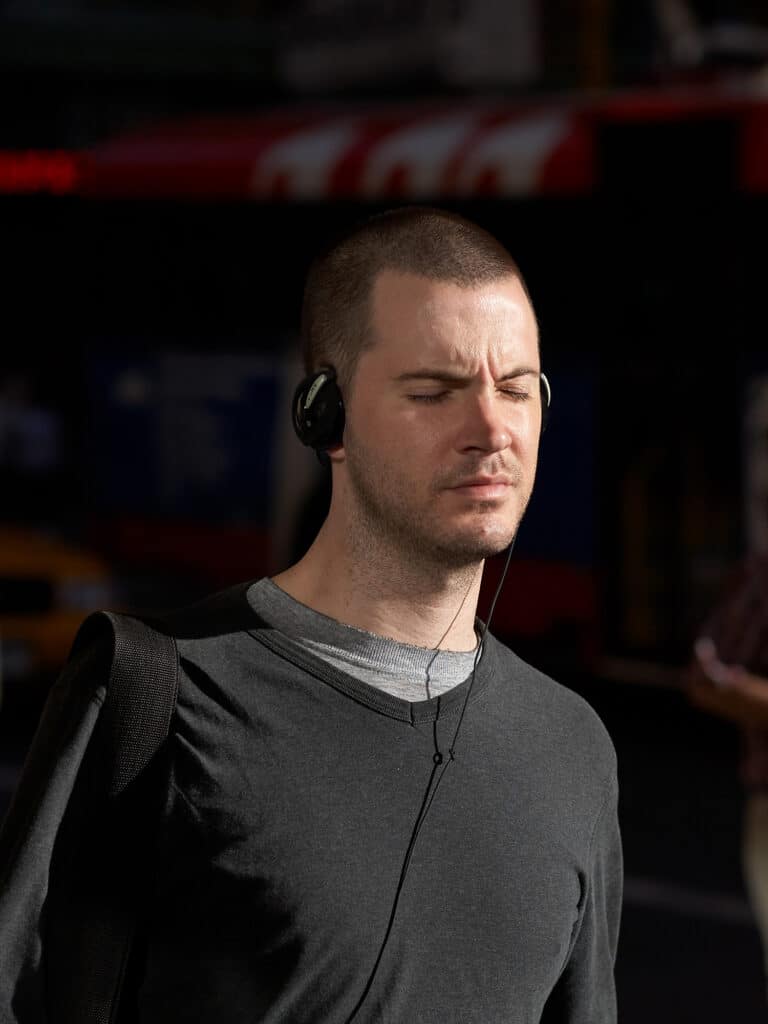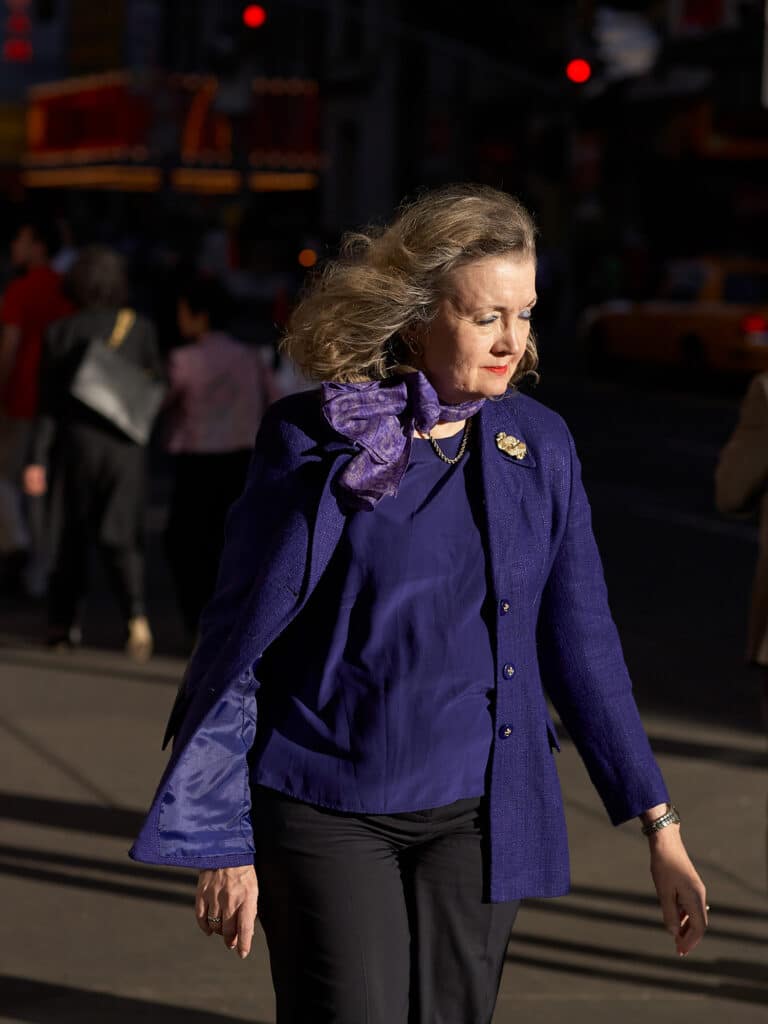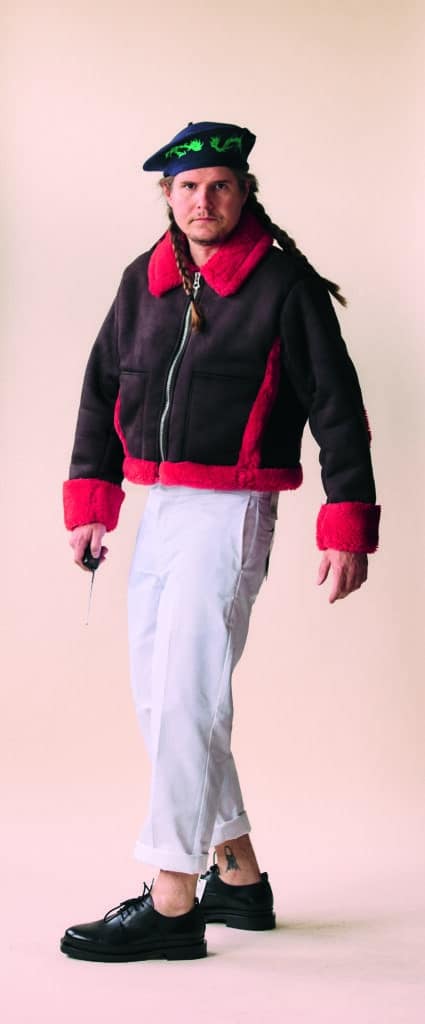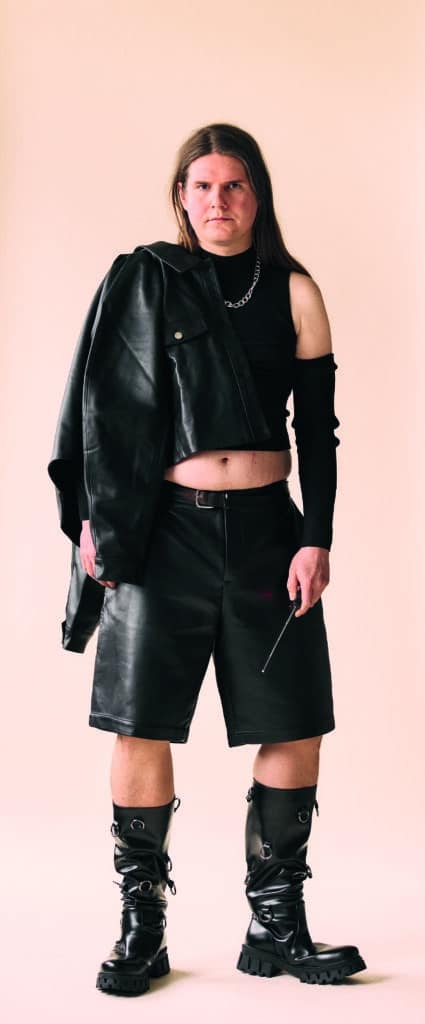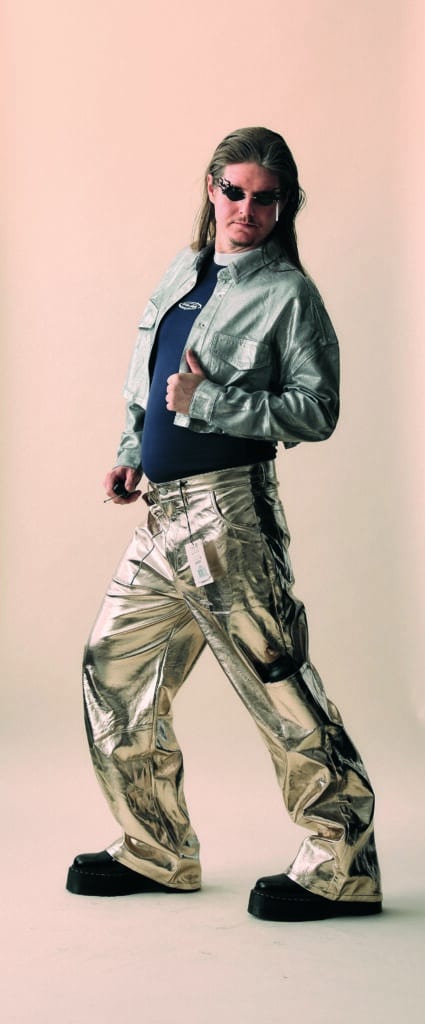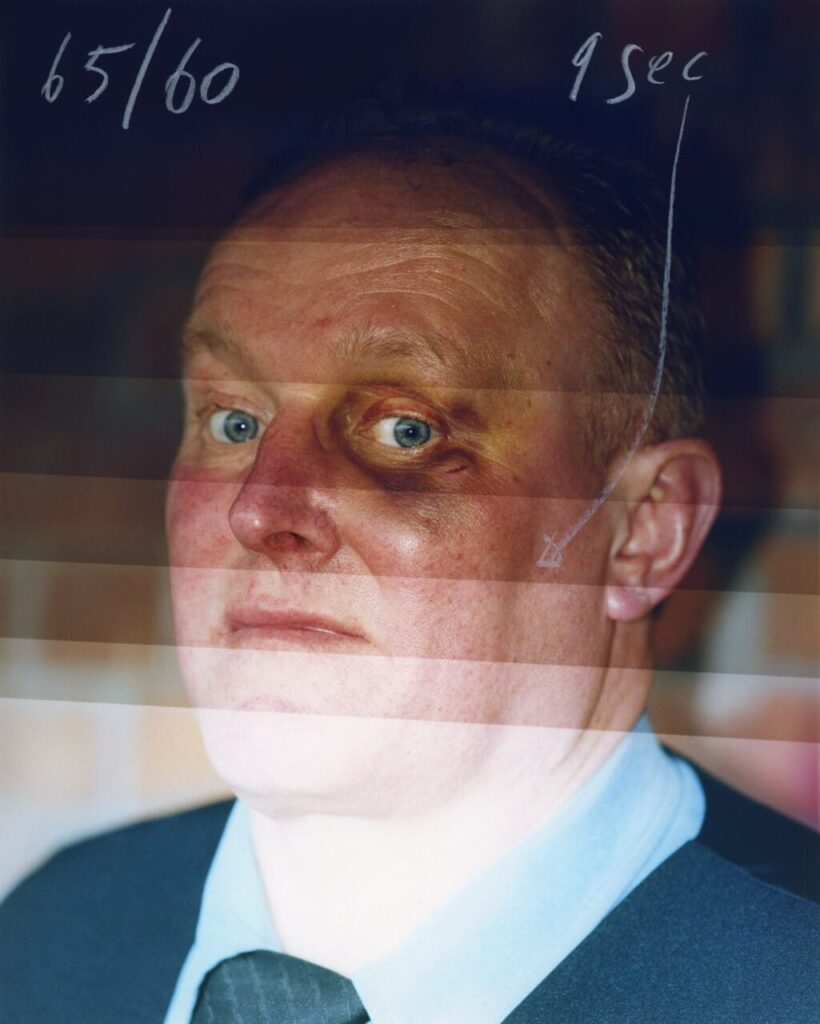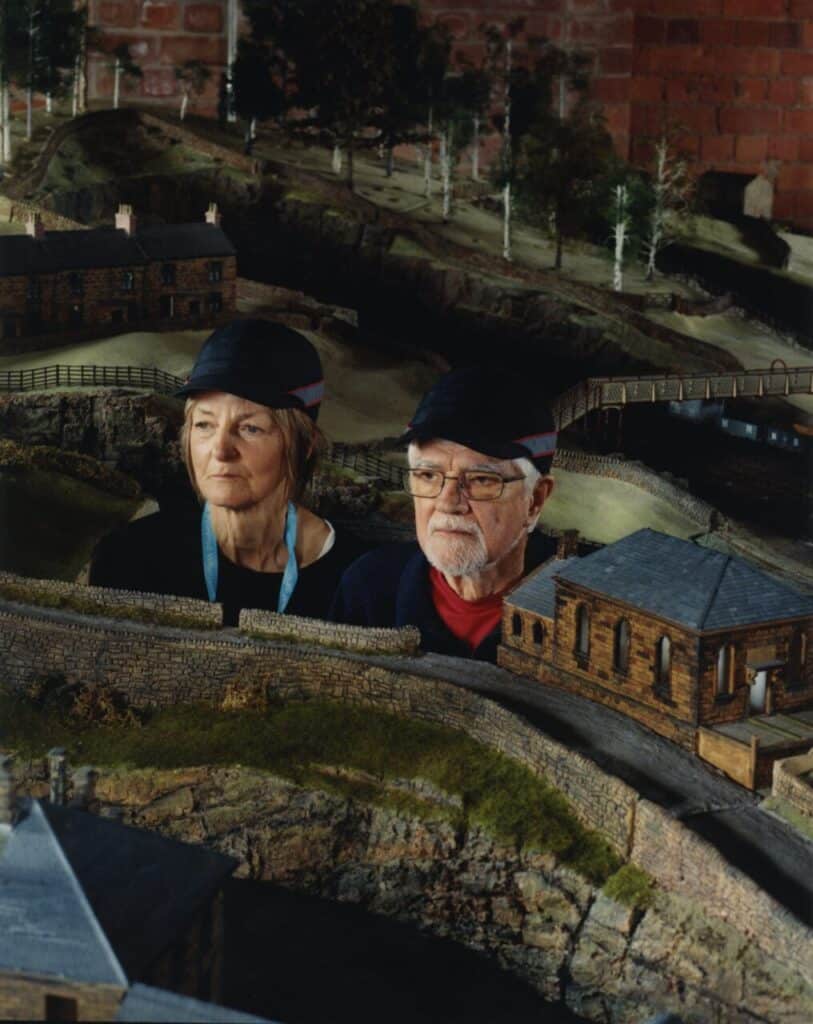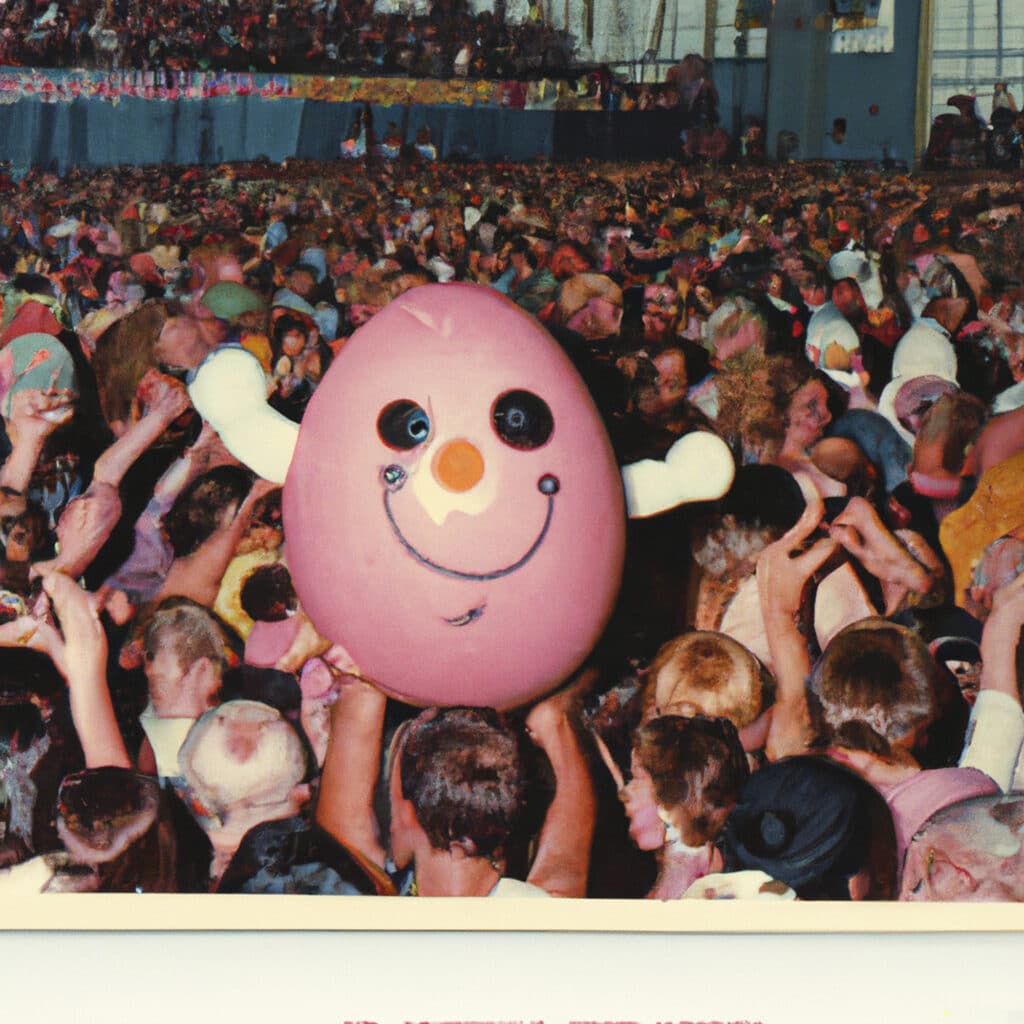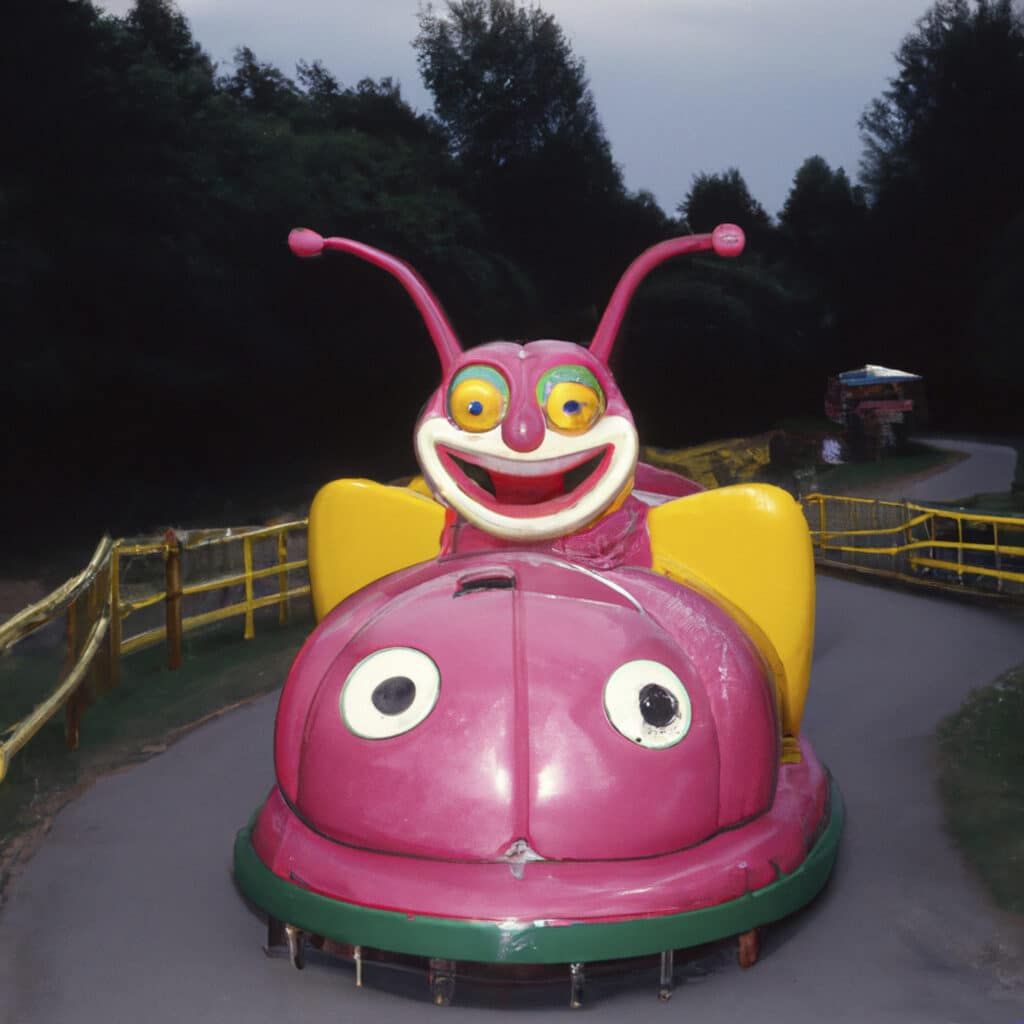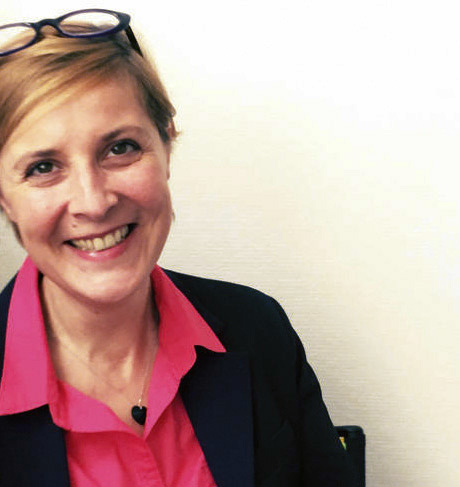Since 2008, Images Vevey, in Switzerland, has set itself apart from other festivals with its original concept, offering a singular apprehension of the visual arts by mixing outdoor and indoor projects. It is also unique for embracing all forms of display, without hierarchical consideration.
For example, images by Tamara Janes & Natalia Funariu are transformed into curtains for an educational project dedicated to young audiences, presented at L’Appartement, the permanent exhibition space of the Images Vevey Foundation, which manages the festival, and those by Marion Zivera are transformed into banners, floating near the shores of Lake Geneva.
In the city, the photographs are displayed on building facades, printed on tarpaulins measuring over 3000 square feet. Andreas Gursky, Candida Höfer and Daido Moriyama’s images can be seen on street corners, as can Paul Graham’s “Sightless” series in a garden, whose human-sized prints recreate the hustle and bustle of the Times Square crowds where they were captured over 20 years ago.
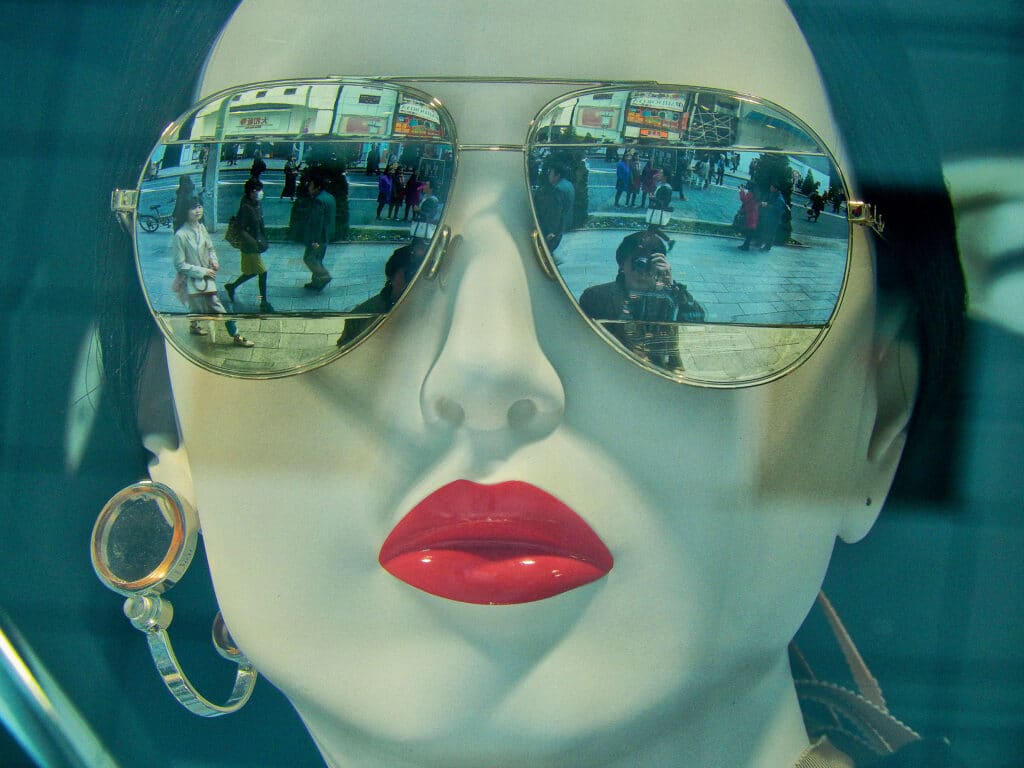
For three weeks, the peaceful town of Vevey transforms itself into a visual arts mecca that impresses… But the Biennale, directed by Stefano Stoll since 2008, is much more than a playful apprehension of the visual arts and its big names. It also features many new discoveries by contemporary artists. And under the heading “(dis)connected between past and future”, a panorama of the variety of contemporary artistic practices takes shape, ranging from the use of classic tools, such as the camera, to generative artificial intelligence. The festival also offers a critical exploration of our times.
Swiss artist Romain Mader draws our attention to the power of algorithms. To produce his “Get the look!” series, he followed the recommendations of algorithms suggesting clothes on his computer, ordering jackets, T-shirts and other footwear online that appeared on his screen, then improvised as a model in front of the lens. “I deliberately used exaggerated poses, inspired by the TikTok videos and those of the models on the online sales sites presenting the clothes,” he explains. Behind the humor and ridiculousness of certain garments, Romain Mader makes us aware of the influence that algorithms insidiously exert on our way of consuming.
A committed work, therefore, just like Jack Latham’s series on click farms on the other side of the world. Their actions aim to influence algorithms to influence our political opinions or make us popular. The British artist investigated this topic by infiltrating these clandestine “workshops” in Asia. Presented at L’Appartement, the installation combines documentary footage shot in Vietnam and Hong Kong, showing what goes on behind the scenes of the race for followers and likes, with the full-scale layout of these places, where dozens of cell phones are plugged in to validate the clicks made by human beings.
At the Eglise Sainte Claire, Oliver Frank Chanarin focuses on the robots in the warehouses of e-commerce sites, replacing human labor. His installation “A Perfect Sentence” combines traditional photographic work – silver portraits taken during a road trip in post-Brexit England – with the industrial aesthetics of factories. In the exhibition, a mechanical arm moves the framed prints, altering the exhibition’s scenography in front of the viewers, according to algorithms. “I play on the contrast between human fragility, with intimate portraits in small format, and the heaviness and mechanical aspect of robots,” explains Oliver Frank Chanarin.

Living in the 21st century also means living in the age of artificial intelligence, which has been gaining ground in the world of images and provoking much debate over the past two years. Of the 50 projects at this year’s Biennale, at least six are based on text-based image generators. Among them, three focus on “souvenir photography”. A paradox, considering that there’s nothing more intrinsically human, personal and intimate than the social use of photography.
After all, isn’t photography the famous “it has been” theorized by Roland Barthes in his book Camera lucida ? Alexey Chernikov (France), Maisie Cousins (UK) and Maria Mavropoulou (Greece) have each, in their own way, achieved the unthinkable: inventing souvenir photos, in other words, creating traces of “what has not been”. Taking up the codes of souvenir photography, the former prints his images in polaroid format, the latter in a format close to 10 x 15 cm (standard family album print).

As for Maria Mavropoulou’s large-format works (to be seen outdoors), they highlight the imperfections of AI-generated images. None of these artists seeks to lure the viewer, rather they invite us to reflect on this evolution in size: these images are not the fruit of the vision of the human eye – and therefore of lived experience – but the result of calculations and probabilities.
“(dis)connected between past and future”, 9th Images Vevey Biennial of Visual Arts, on view in Vevey, Switzerland, from September 7 to 29, 2024.
The catalog is published by Images Vevey Editions. 340 pages, 27 euros.

